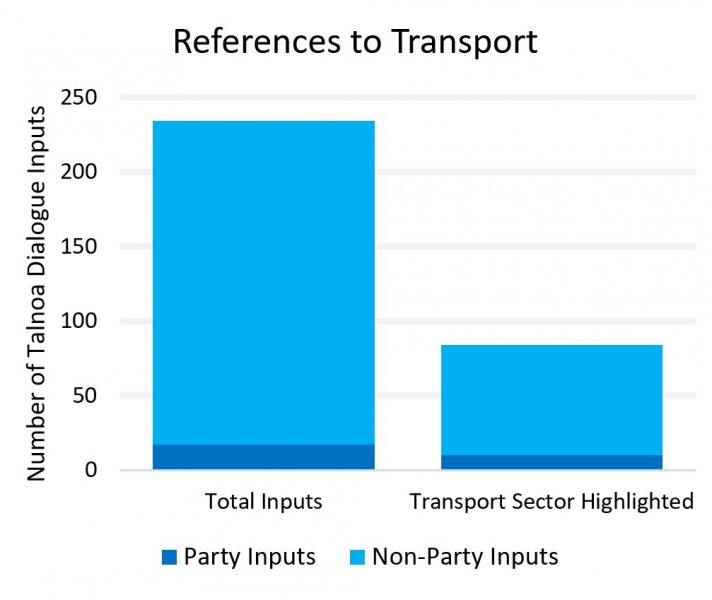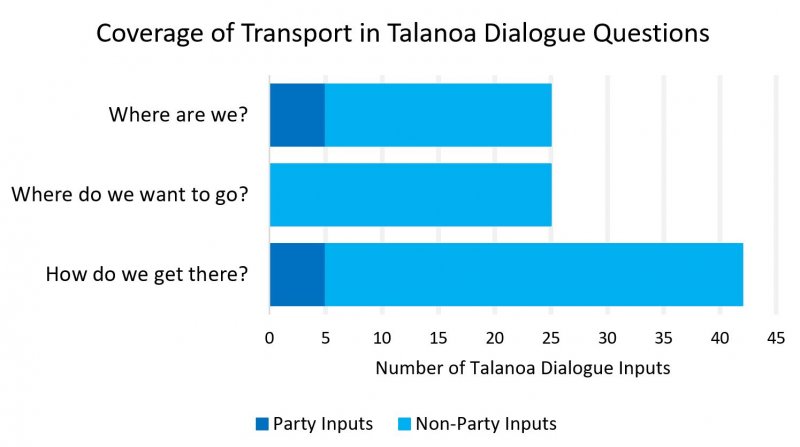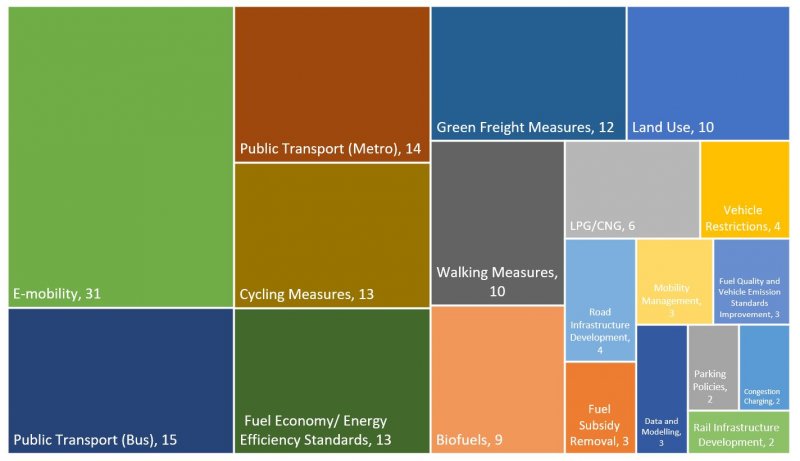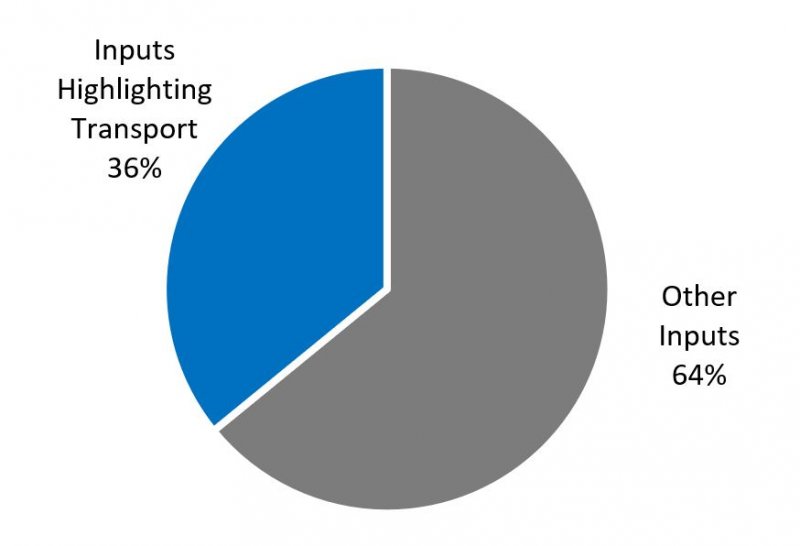2018 Talanoa Dialogue Offers Opportunities to the Contribution of Transport in Achieving the Targets of the Paris Agreement
This report applies a sectoral analysis on the Talanoa Dialogue Inputs and analyzes how sustainable transport was reflected in the Talanoa Dialogue Inputs. The findings show that transport receives little overall attention but, if mentioned, it is part of the solutions towards realizing the Paris Agreement targets. Electrification of transport receives increasing attention and overall technology-based measures dominate over other measures. The Talanoa Dialogue Inputs allow transport stakeholders and other non-Party stakeholders to emphasize the importance of transport and share actions and recommendations with Parties.
This document is an initial analysis and it will be updated further with outcomes of the Bonn Climate Change Conference in April/May 2018 and expanded with results of the second submission phase of Talanoa Dialogue Inputs in October. The data, on which this document is based, can be retrieved here.
 Out of the 234 individual Talanoa Dialogue Inputs only 36% highlight transport. 59% of the submitted inputs by Parties refer to transport, while only 34% of Non-Party Stakeholder inputs include transport. Submissions by Parties is due to their inputs often emphasizing the significant contribution of transport to national CO2 emissions.
Out of the 234 individual Talanoa Dialogue Inputs only 36% highlight transport. 59% of the submitted inputs by Parties refer to transport, while only 34% of Non-Party Stakeholder inputs include transport. Submissions by Parties is due to their inputs often emphasizing the significant contribution of transport to national CO2 emissions.
The reason for the low share of 34% among non-Party stakeholder submissions is that the submissions focus on a single sector or a specific agenda representing their organization. Half of the Talanoa Dialogue Inputs by non-Party stakeholders focus on a single topic and leaves out transport. 26 non-Party submissions (12%) also don’t mention any sector. 93% of total Talanoa Dialogue Inputs have been contributed by non-Party stakeholders. Transport stakeholders also made use of the Talanoa Dialogue and inputs were submitted by Clean Shipping Coalition, EV100, International Coalition for Sustainable Aviation, International Transport Forum (Q2 and Q3), MobiliseYourCity, SLoCaT Partnership, Transport Decarbonisation Alliance (TDA), International Union of Railways (UIC), International Association of Public Transport (UITP), World Resources Institute (WRI) and ZEV Alliance.
 Transport was included in 24% of submissions that answered the first Question on “Where are we?”. In 31% of cases transport was mentioned in Question 2 “Where do we want to go?”. In 45% of cases transport was referred to in the third question on “How do we get there?”. It shows that transport is seen as a part of the solution as Parties and non-state stakeholders intend to achieve their climate ambition through sustainable transport.
Transport was included in 24% of submissions that answered the first Question on “Where are we?”. In 31% of cases transport was mentioned in Question 2 “Where do we want to go?”. In 45% of cases transport was referred to in the third question on “How do we get there?”. It shows that transport is seen as a part of the solution as Parties and non-state stakeholders intend to achieve their climate ambition through sustainable transport.
The figure below gives an overview of the measures mentioned most often in the Talanoa Dialogue Inputs:

Conclusion

After the NDCs in 2015, the Talanoa Dialogue Inputs function as an indicator of how transport actions have been evolving. This initial analysis shows that e-mobility is strongly represented in the Talanoa Dialogue Inputs. In the NDCs the most popular transport mitigation measure was public transport. The reason can be seen that since 2015 the topic of electric vehicles has been advancing, as it was recorded in SLoCaT’s overview of e-mobility targets and trends. Announcements related to electric mobility are increasing since 2015 and countries, such as France, Ireland, Norway, Netherlands, Slovenia, Sri Lanka and United Kingdom (Scotland individually as well), put an expiry date on internal combustion engines. Improvements in technology support to improve price parity.
However, it is important to acknowledge that the Talanoa Dialogue Inputs miss depth and only very few Parties include specific transport actions in their submissions. While three quarters of NDCs highlight transport as a mitigation source, fewer Talanoa Dialogue Inputs have content on transport. It can be partly explained by the nature of the Talanoa Dialogue of focusing on story-telling, limiting submissions in length and providing a format that gives little space to specific sectors. Nevertheless, the role of transport in climate ambitions has to be strengthened for the October 2018 Talanoa Dialogue Inputs as well as the second generation of NDCs.